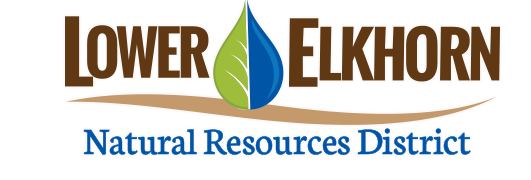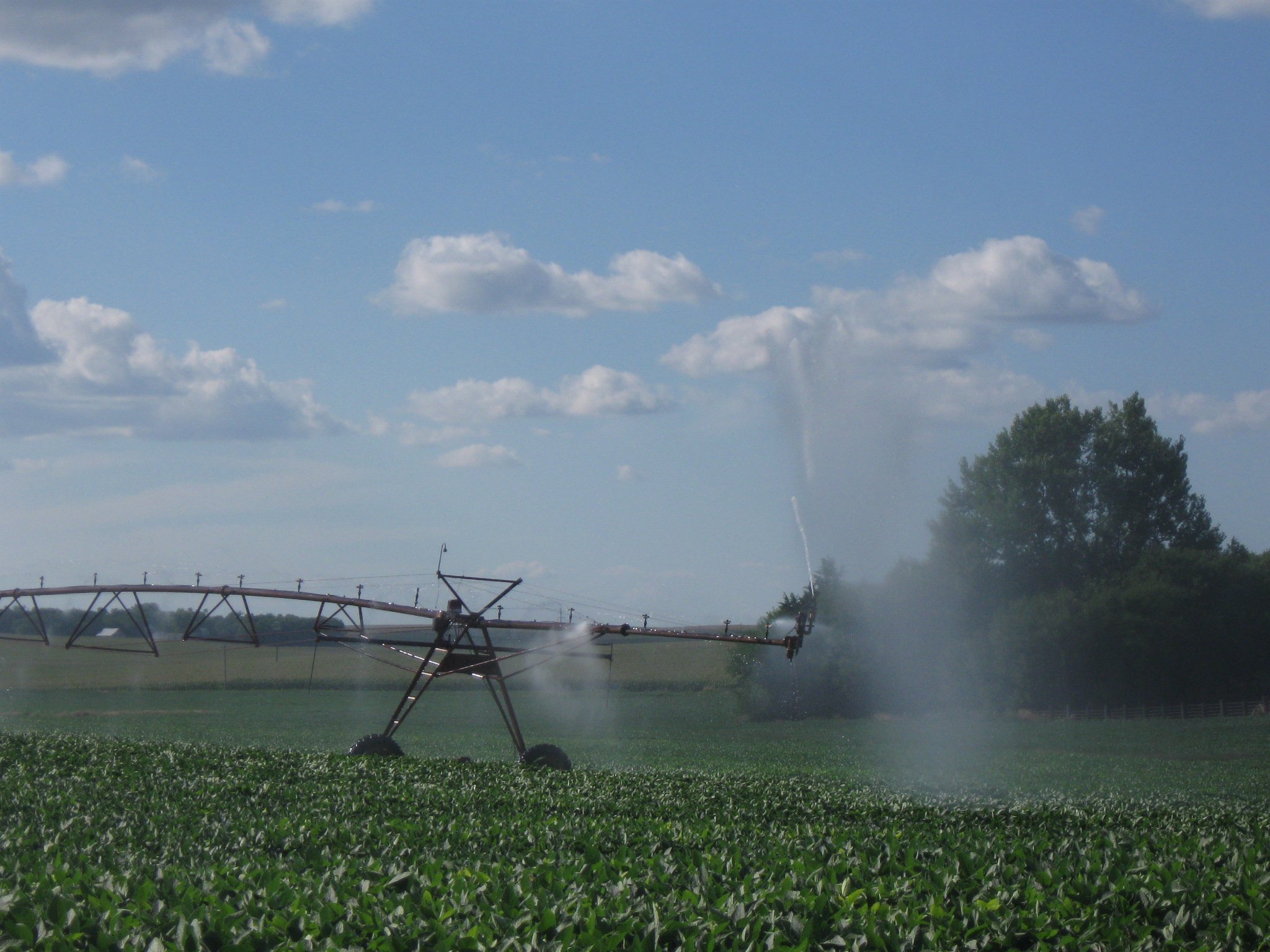Lincoln, Neb. —UNL’s Nebraska On-Farm Research Network is joining forces with innovative farmers, Nebraska Natural Resource Districts, and Sentinel Fertigation to host events, called Sunset Seminars, at trial field sites across Nebraska.
The informal but informative events held in the evening will give growers and agronomists a chance to see how image-based nitrogen management works and how it can influence nitrogen management outcomes, all while enjoying refreshments and mingling with the UNL researchers, Sentinel team and other attendees.
Seminars are being hosted by growers working with the Nebraska On-Farm Research Network, who have trialed Sentinel Fertigation’s N-Time™ software this growing season and have experienced its impact on their farm. The seminars will be near the fields where N-Time™ is being implemented.
This trial opportunity was made possible for the farmers by an On-Farm Conservation Innovation Trials Grant (CIG) from the USDA-NRCS. The CIG grant helps growers across Nebraska to gain hands-on experience with cutting edge technologies on their operation. Eligible producers receive compensation for recognition of their time and commitment, and to mitigate risk in implementing these trials.
“We are excited to be partnering with companies like Sentinel Fertigation to help producers get hands-on experience with new technologies,” said Laura Thompson, Nebraska On-Farm Research Network Director. “Growers participating in on-farm trials are getting unbiased, robust data on how these technologies performs in their operation and will be able to quantify the profitability compared to their current management.”
N-Time™ is Sentinel’s flagship software system that analyzes field imagery to detect early signs of crop nitrogen stress and provide growers with timely fertilizer application recommendations.
N-Time™ was developed through research and proven through trials. The data collected from those on-farm pilots will be presented during the seminars by representatives from UNL, providing growers with data quantifying N-Time's impacts on Nitrogen Use Efficiency while maintaining or improving yield. Data on the effects of other nitrogen management technologies will also be discussed at certain locations.
“If a farmer is wondering how to enhance their nitrogen management practices and is curious about technologies that can help them achieve their goals, this event is for them,” said Jackson Stansell, Sentinel’s Founder & CEO. “This is a tremendous opportunity to see how N-Time ™ is working on a real field, with a real farmer, in real time. All events will discuss data comparing N-Time™ recommendations with grower practices.”
In addition to UNL’s presentation, the Sentinel Team will demonstrate exactly how N-Time™ functions and how it can be implemented with advanced fertigation systems.
After the demo, host growers will have the opportunity to talk about their experiences and answer questions about using image-based fertigation technology.
Light snacks and beverages will be provided during the seminars, which will last for about an hour and a half followed by an unstructured Q&A and mingling.
Here’s a full schedule of the Sunset Seminars:
Monday, July 31 – Beaver Creek, NE
Thursday, Aug. 3 – Wood River, NE (Hosted by Central Platte NRD)
Tuesday, Aug. 8 – Bellwood, NE (Hosted by Lower Platte North NRD)
Wednesday, Aug. 9 – Stapleton, NE
Thursday, Aug. 10 – Lexington, NE (Hosted by Central Platte NRD)
Monday, Aug. 14 – Pierce, NE
Tuesday, Aug. 15 – Gibbon, NE
Interested in attending a Sunset Seminar in your area? Signup at https://www.sentinelfertigation.com/sunset-seminars.
For more information about the CIG grant, or if you are interested in participating in a study, visit https://on-farm-research.unl.edu/precision-nitrogen-management.









